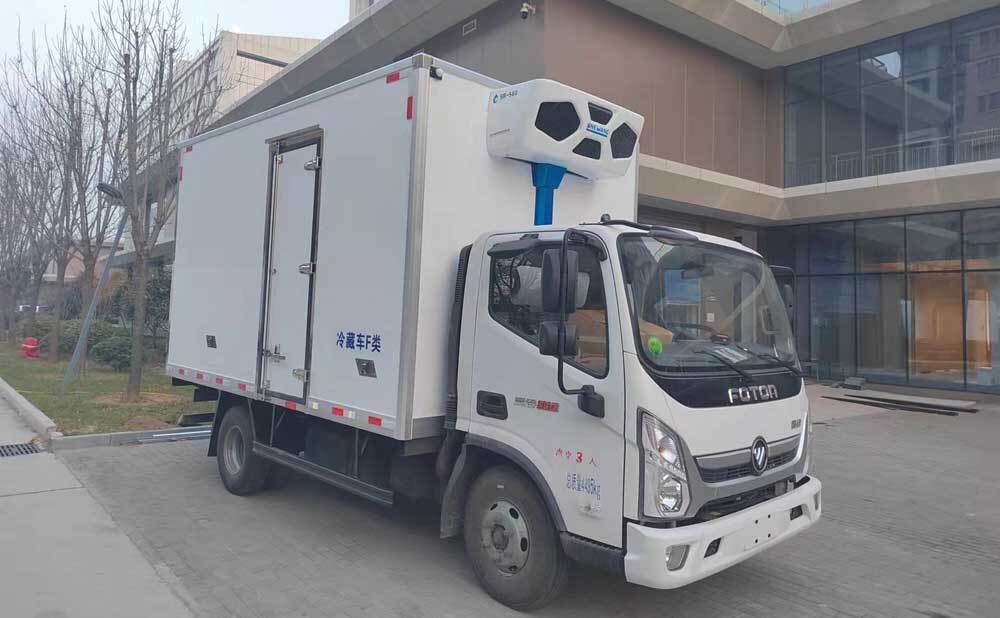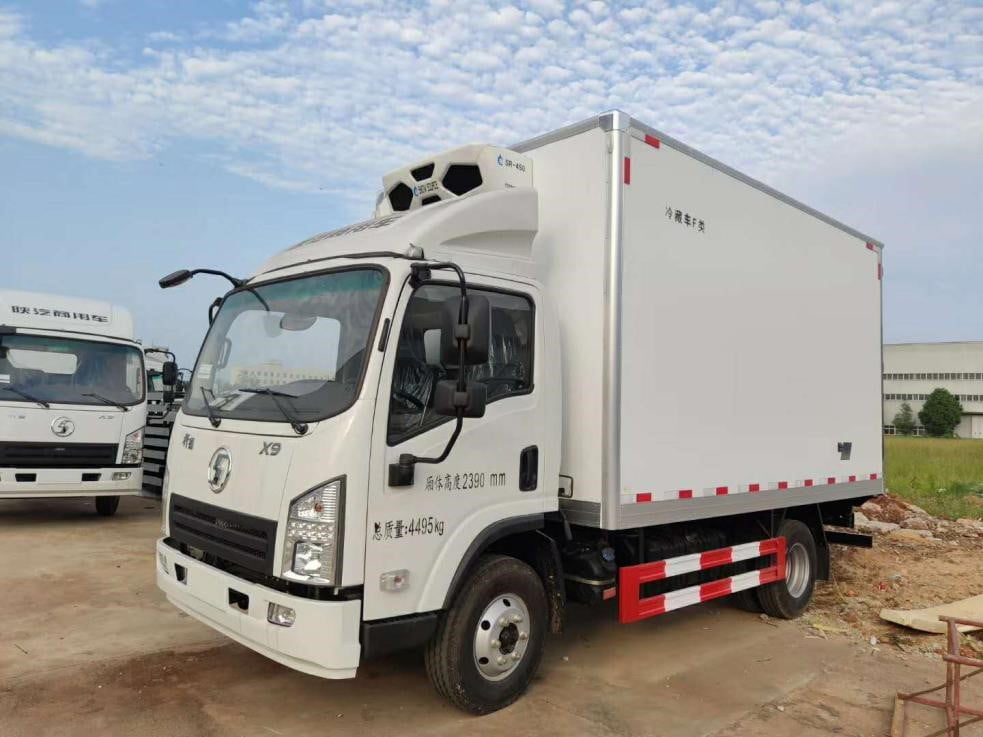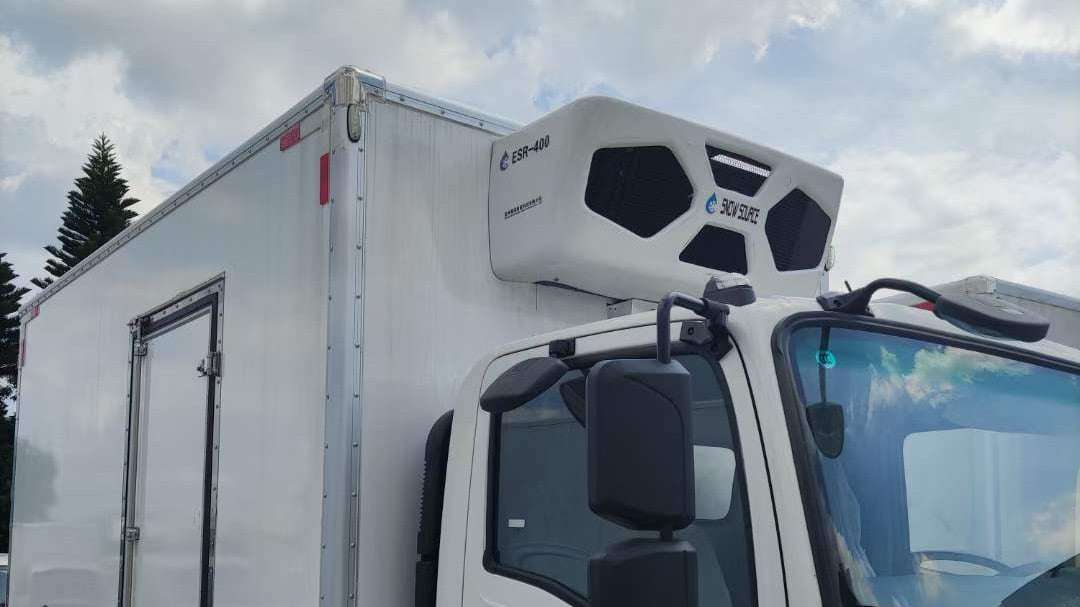In recent years, the cold chain logistics industry has developed rapidly, and the use of refrigerated trucks has also entered its peak period.
In order to ensure that the goods can reach their destination safely and smoothly, the correct use and operation of refrigerated trucks is crucial. Today, we will share with you some tips on the use of refrigeration units in refrigerated trucks.
Before loading
1. Pre-cooled cargo
A refrigerated truck is not a cold storage. Its refrigeration unit is used to maintain the temperature of the goods, not to reduce the temperature of the goods. Therefore, the goods should be pre-cooled before being loaded into the refrigerated truck compartment. This will not only ensure a stable temperature of the goods, but also avoid damage or deterioration of the goods due to too high or too low temperatures.
2. Pre-cooled carriage
If a car has been exposed to the sun, its internal temperature will be very high, like an oven. If cold cargo is loaded directly at this time, the heat in the compartment will heat the cold cargo through the air and compartment panels, causing the temperature of the cargo to rise. Therefore, the carriage should be pre-cooled before loading to reduce the temperature inside the carriage.
3. defrost
If there is heavy moisture inside the cabin, you can defrost it manually or automatically. Generally speaking, it can be operated through the control panel.
4. Check evaporator fan
Before loading, make sure that the evaporator fan and other compartments are equipped with protective equipment to prevent accidental damage during loading and unloading.

When loading
1. Turn off the refrigeration unit first and then open the door
When loading and unloading cargo, be sure to turn off the refrigeration unit before opening the compartment door. Because if the compartment door is opened without turning off the refrigeration unit, a large amount of hot air will enter the compartment, causing the temperature inside the compartment to rise rapidly. Only by shutting down the machine before loading and unloading can the speed of hot air entering the car be slowed down.
2. Fast in and fast out
When loading and unloading cargo, try not to open the door too wide to reduce the entry of heat and moisture. At the same time, the loading and unloading time should be shortened as much as possible to maintain the stability of the temperature inside the carriage.
3. Keep the air inlet and outlet circulating smoothly
When loading, be careful not to block the air outlet and return air outlet of the evaporator. If the air inlet and outlet are blocked, it will affect the air circulation in the cabin and prevent the cold air from flowing fully.
4. Reserve ventilation space in the box
Some space needs to be left between the top of the carriage and the cargo, and between the sides of the carriage and the cargo to ensure that the cold air can fully flow. At the same time, some distance should be reserved in front of the carriage to ensure that the cold air can circulate.
5. Baseboard ventilation
Place cargo pallets between the cargo and the compartment floor. It is best to stack the cargo on double-sided pallets to ensure that the cold air at the bottom can circulate.
When unloading
The principle of turning off the refrigeration machine first and then opening the compartment door is the same as when loading.
In order to ensure that the goods can reach their destination safely and smoothly, the correct use and operation of refrigerated trucks is crucial. I hope the above content can help everyone better understand the usage skills of refrigerated truck refrigeration units.



